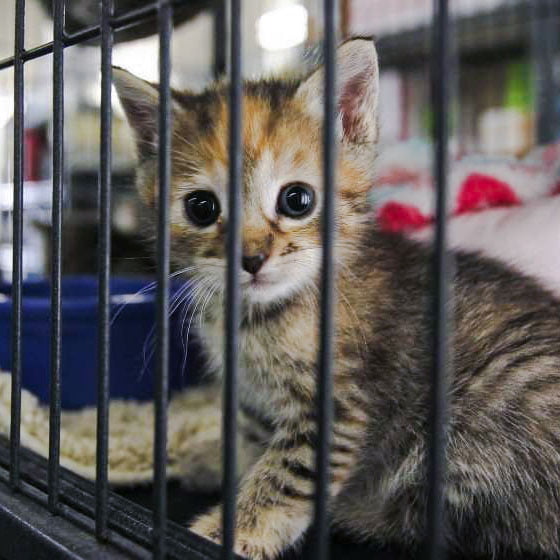
As spring gives way to summer, animal shelters across the United States are once again overwhelmed by an annual influx of newborn felines—a phenomenon known as “kitten season.” This period, which typically spans from late spring to early autumn, sees millions of kittens born to unspayed cats and delivered into already overcrowded shelters.
Each year, approximately 1.5 million kittens enter U.S. shelters, with the majority arriving between May and July. Many are just days old and require round-the-clock care—feeding every few hours, warmth, and medical attention. Most shelters are neither equipped nor staffed to provide this intensive care, leading to a tragic statistic: an estimated 250,000 of these kittens won’t survive.
Animal advocates like Hannah Shaw—widely known as the “Kitten Lady”—have led campaigns to debunk myths about fostering. “You don’t need special skills or a huge amount of money,” Shaw says. “Most shelters provide all the supplies; what they really need is your time and compassion.” Fostering, she adds, is often the only way to save the lives of neonate kittens, who are otherwise at high risk of euthanasia in overwhelmed facilities.
In Houston, the SPCA is currently housing more than 100 animals, including 87 neonatal kittens, many requiring bottle feeding and close monitoring. Their chief veterinarian, Dr. Roberta Westbrook, explains that foster homes provide not only physical care but essential socialization. “Kittens raised in foster homes are healthier, happier, and far more adoptable,” she says.
Elsewhere, groups like LIC Feral Feeders in New York rescue litters from construction sites, abandoned buildings, and back alleys, bringing them into safety and care. These grassroots efforts, while heroic, can only go so far without broader community support.
To combat the crisis, national campaigns like the ASPCA’s “Meow for Now” initiative have stepped in, connecting foster volunteers with local shelters. Since its inception, the campaign has helped save thousands of kittens—12,000 in Los Angeles alone during its first years.
In addition to fostering, experts stress the importance of early spaying and neutering. Cats can reproduce as early as four months old, and the cycle of uncontrolled breeding perpetuates the seasonal shelter overflow. Trap-Neuter-Return (TNR) programs have also proven effective in reducing stray cat populations over time.
While the scale of the crisis is sobering, solutions are within reach. Whether by fostering, donating supplies, volunteering, or spreading awareness, individuals can make a significant difference. Even a small spare room or a few hours a day can mean the difference between life and death for a vulnerable kitten.
If you’ve ever thought about fostering, now is the time. The shelters are full. The kittens are waiting.
Sources:
- Associated Press: “Welcome to kitten season, when animal shelters need all the help they can get”
- Houston SPCA: Local shelter reports kitten surge
- ASPCA “Meow for Now” campaign: ASPCA Foster Initiative

